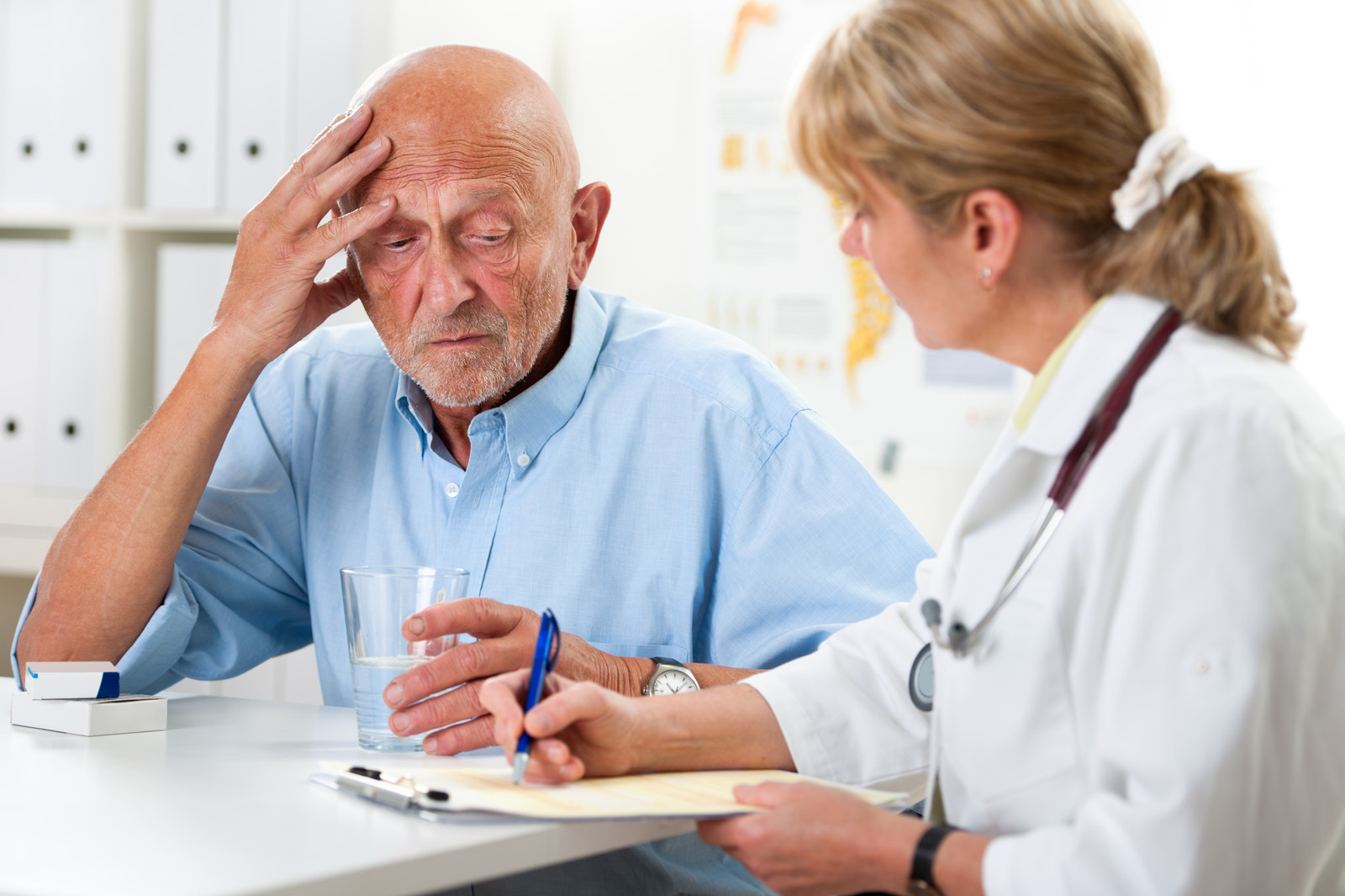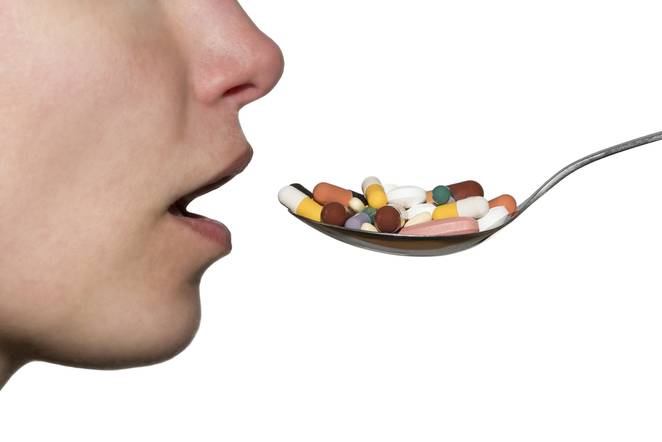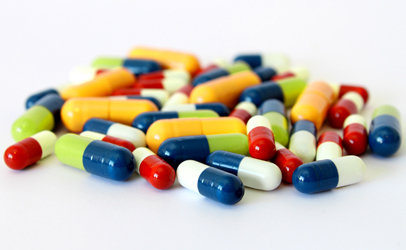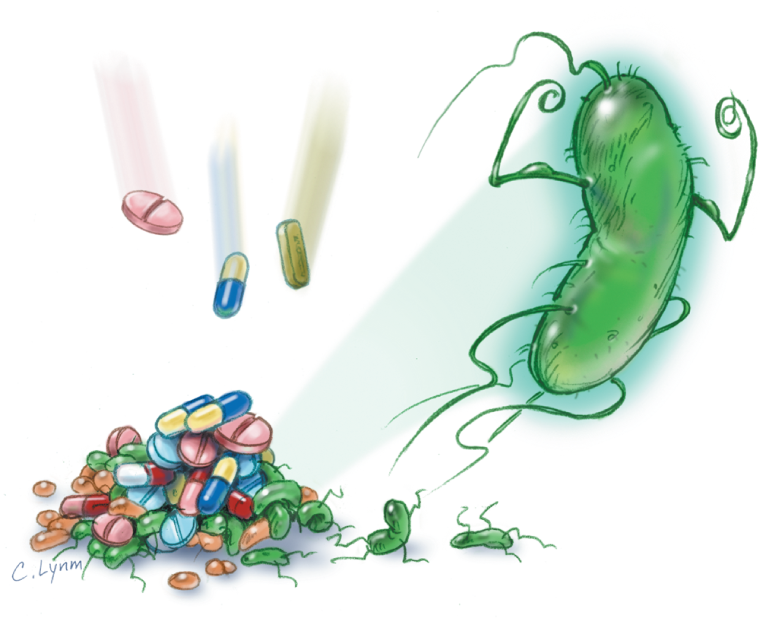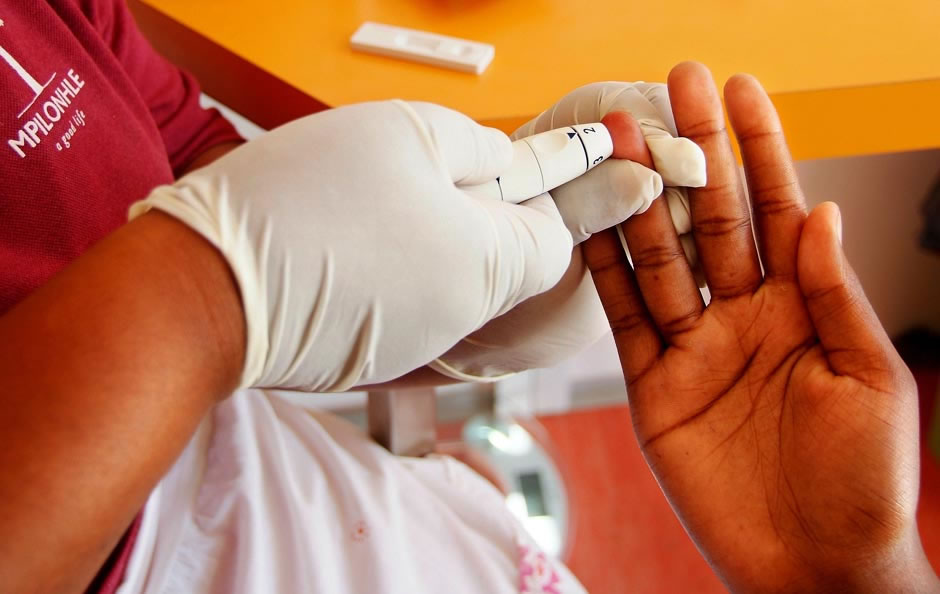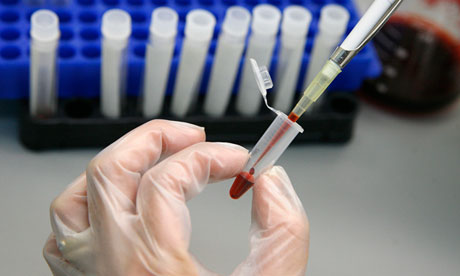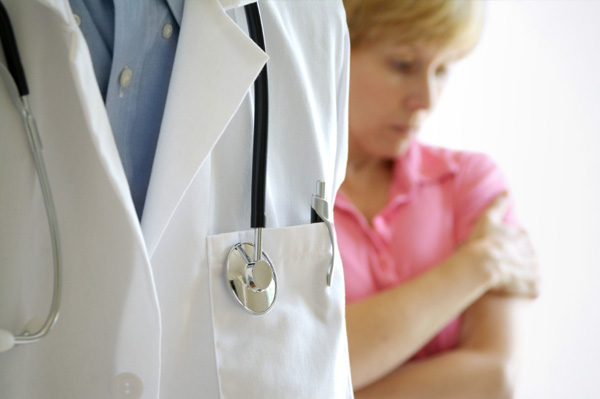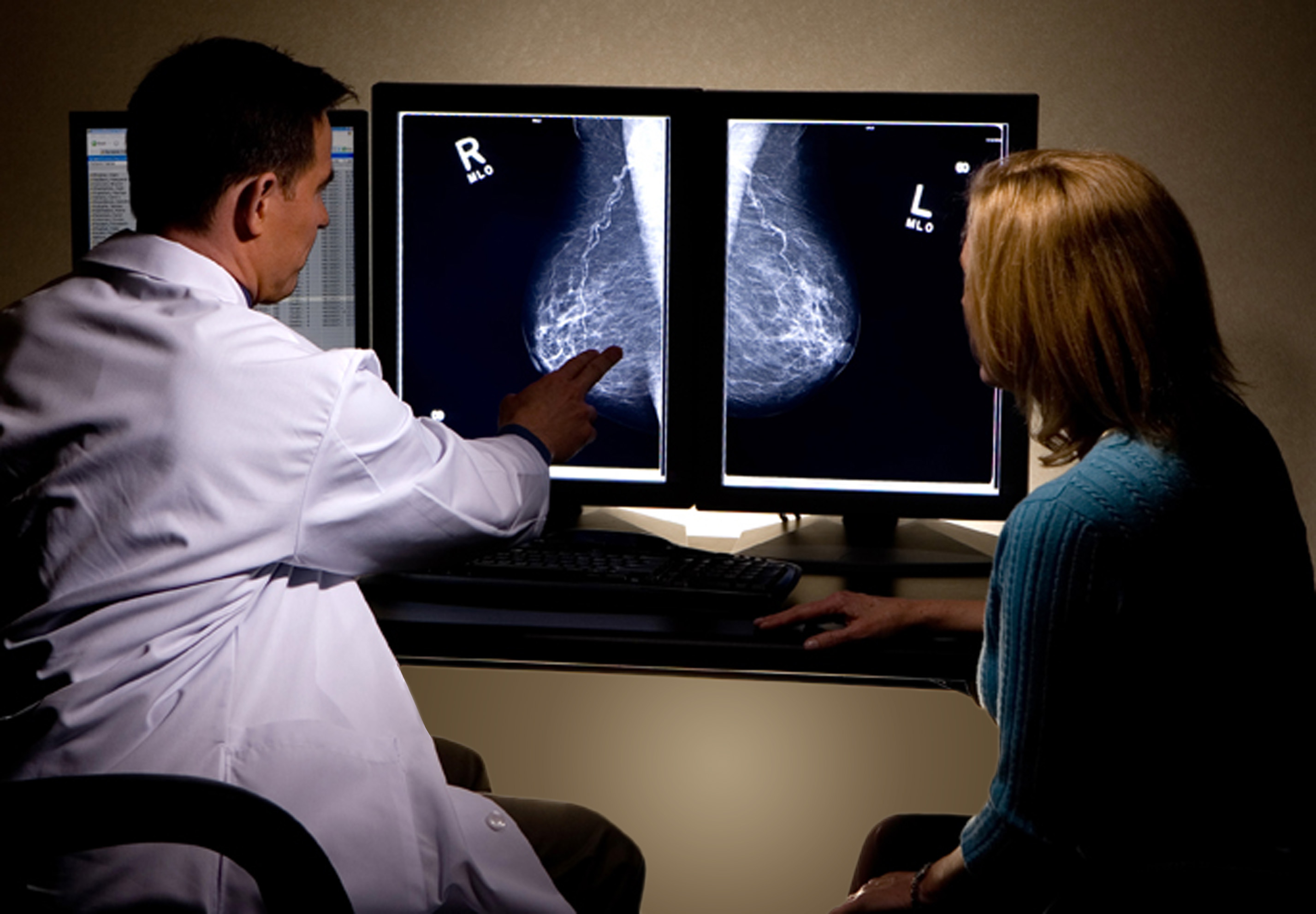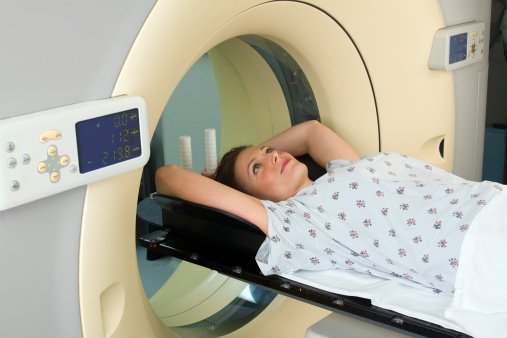Even the people that live to a ripe old age in Singapore eventually suffer from illnesses that take advantage of a weaker immune system and slow metabolism. These are the most common illnesses that the elderly need to watch out for.
Alzheimer’s Disease
This disease is brought on by the brain’s inability to stop function, resulting in the decline of cognitive processes and the death of the brain cells. Unfortunately, the condition is irreversible and will cause the elderly to lose the ability to perform daily activities and will have difficulty remembering events and even language. Alzheimer’s is a form of dementia, the general term for diseases that affect a person’s memory, language, and behavior.
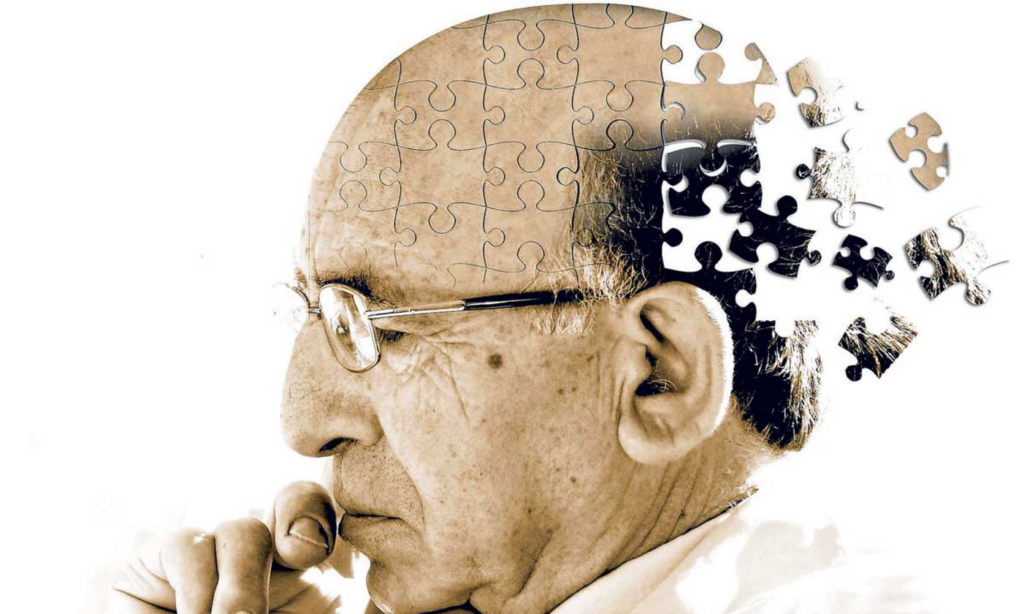
Arthritis and Osteoporosis
Arthritis affects the quality of life of most of the elderly because it can discourage them from being physically active. The name arthritis, however, refers not just to the inflammation of joints, but the different conditions that affect muscles and tissues as well. The most common type that affects people older than 65 years is osteoarthritis, which is a degenerative disease caused by the weakening of the tissue in the joints. Another problem associated with the bones is called osteoporosis and it increases the risk of getting fractures especially during falls. Osteoporosis develops from the imbalance of bone formation and bone resorption.
Hearing Loss
There is no clear explanation why some elderly lose their hearing as they age, but it could be a combination of different factors. Some doctors point to genes, medications, and a lifetime of exposure to loud noises and other damaging factors as the causes. Some of the elderly are required to wear hearing aids so they can still live quality lives.

Eye Diseases
There are eye diseases associated with old age such as cataract, macular degeneration, glaucoma, and diabetic retinopathy. Cataract is the result of aging or injuries to the tissue in the lens, making the eyes cloudy. Macular degeneration is the deterioration of the part of the retina that becomes sensitive to the light. Glaucoma results from the damage to the optic nerve, and if not treated early, can lead to permanent blindness. Diabetic retinopathy is the result the damage to the blood vessels in retina caused by diabetes or uncontrolled and erratic blood glucose levels in the body.
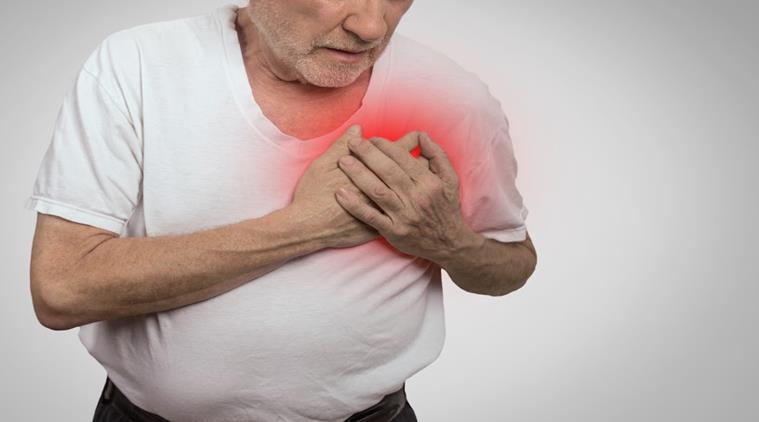
Heart Diseases
Heart diseases are common among the elderly because of the development of high blood pressure and the risk posed by high cholesterol. Even when a person maintains a healthy lifestyle, there is always a risk of developing age-related problems in the cardiovascular system. Changes in the heart and the blood vessels affect the flow and distribution of the blood, nutrients and oxygen to different parts of the body. Some changes associated with age include the following: the heart might increase in size, abnormal rhythms occur, the capillary walls in the blood vessels thicken, the reproduction of red blood cells and white blood cells are reduced, and the heart muscles degenerate.






